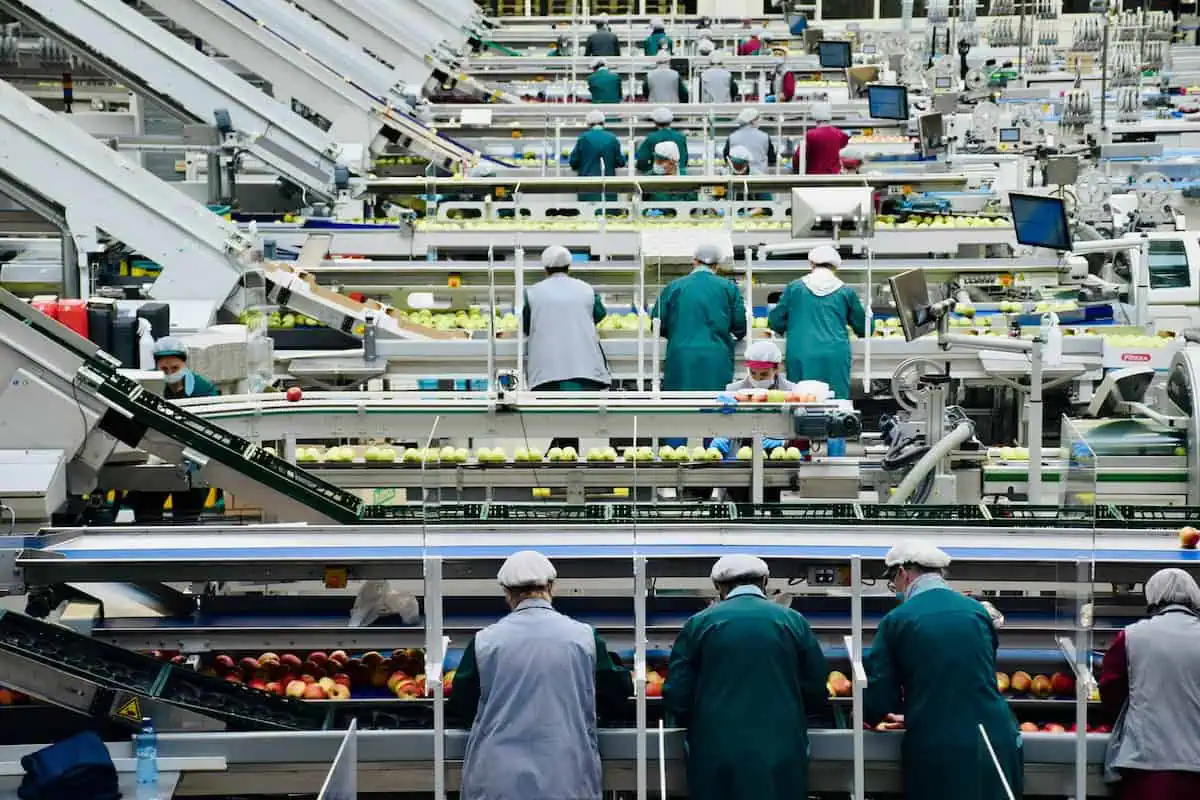There are significant benefits for manufacturers when looking at both Just in Time (JIT) and Just in Sequence (JIS) as a way of optimising supply chains.
There is a larger framework from which to improve efficiency and reduce inventory when utilising JIT, but then you can adopt a specialised, bespoke approach for product variability when utilising JIS.
Let’s take a look at the two inventory management processes and how they both can benefit manufacturing companies and wider customer bases.
What is Just in Time (JIT)
Just in Time is a logistics method for inventory management. It is a process that originated in Japan (pioneered in the 1970s at Toyota) as a way of smoothing out production processes to make them leaner, delivering to the customer exactly what they need, and with precision timing.
With close communication between a manufacturer and the customer, production runs and delivery can be as efficient as possible, reducing the need for stock and allowing customers to use the products as soon as they have received them.
Key concepts of JIT
Minimal inventory
Only the components that are crucial are kept on site.
Small deliveries
Suppliers make smaller shipments on a regular basis, rather than large shipments at irregular intervals.
Stronger relationships
With communication that is direct and close between supplier and customer, there are stronger supplier relationships.
Constant improvement
Reducing waste through a continual refinement of the processes involved reduces inefficiencies and enhances workflows.
With JIT there is an improved cashflow for businesses, increased flexibility in how production processes are run and overall quality improvement with waste reduction.
Example of JIT from Apple Inc.
The Just in Time process has evolved since the 1970s and has been taken on by a range of companies and brands that are known globally, down to small, growing businesses that are just starting out and do not have large capital to play with. An example of how JIT works in practice can be seen with how a company as big as Apple conducts business.
Just in Time and Apple Inc.
Tim Cook (Chief Executive Officer – CEO – of Apple Inc.) took his 16 years of supply management experience at Compaq and IBM and transformed the way in which Apple’s manufacturing process functioned.
In 1998 when he was Chief Operating Officer (COO), he closed Apple’s warehouses and factories, establishing Just in Time relationships with manufacturers primarily where labour costs were cheaper, such as China. Improving the supply chain reduced the amount of time inventory sat on the balance sheet and helped to grow Apple’s profits significantly.
What is Just in Sequence (JIS)
Just in Sequence is a concept where components are delivered just in time but also in the exact sequence that they are to be used in the production process. It is a strategy that is hugely helpful for manufacturers where there is customisation involved or high variability between different products.
Throughout the process, feedback from the production line is integrated to ensure that improvement and enhancement is constant, and it can improve the return on assets (ROA) for a company without losing quality, flexibility, and efficiency.
Key concept of JIS
Sequenced delivery
Parts arrive on time and in the order that they need to be used on the production line.
Real-time communication
Constant dialogue and information to ensure a smooth process.
Advanced planning
Thorough planning is crucial to the process, to ensure optimal performance levels.
Synchronised production
Production schedules are linked to the needs of each individual manufacturer to minimise delays.
JIS reduces line-side inventory, helping to improve the efficiency of the assembly line. There are reduced errors in how components are selected, better handling of variability of product and within industries such as automotive manufacturing it can be hugely beneficial, especially where there are different specifications of components required on the same production line.
Example of JIS from Pentas Moulding
Just in Sequence offers a great process where there is a need to supply a range of components and products, and it can combine well with Just in Time, as they both enable stronger relationships with clients and enable effective strategy implementation.
Just in Sequence and Pentas Moulding
Pentas Moulding is a company that offers Just in Sequence deliveries for a range of customers. The process allows for delivery of parts and subassemblies in sequence to production stations at the times they are needed and in the correct order of use as part of an ‘in-line vehicle inventory’ that distributes the workload evenly and reduces stress on the production line.
The JIS solution from Pentas fits seamlessly into an existing manufacturing infrastructure, in a comprehensive manner, from receiving call-off data via EDI to sequencing, from on-demand production control to implementing traceability and logistics requirements.
Conclusion: should you go for Just in Time (JIT) or Just in Sequence (JIS)
Both Just in Time and Just in Sequence are designed to optimise the production process. Choosing which to go for will depend on the type of industry and project requirements that you have.
JIT might be more suitable for a wider range of industries delivering components when required, but JIS is the perfect solution for those with high product variability and a more bespoke nature to the manufacturing process and the types of components being produced.
It could be that you use one or the other, or take a hybrid approach, but whatever you choose it will lead to a continuous improvement of the delivery process and strengthen ties between suppliers and clients.
Article and permission to publish here provided by Rupert Walters. Originally written for Supply Chain Game Changer and published on October 25, 2024.
Cover photo by Arno Senoner on Unsplash.

